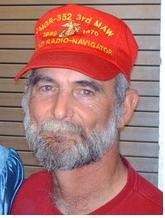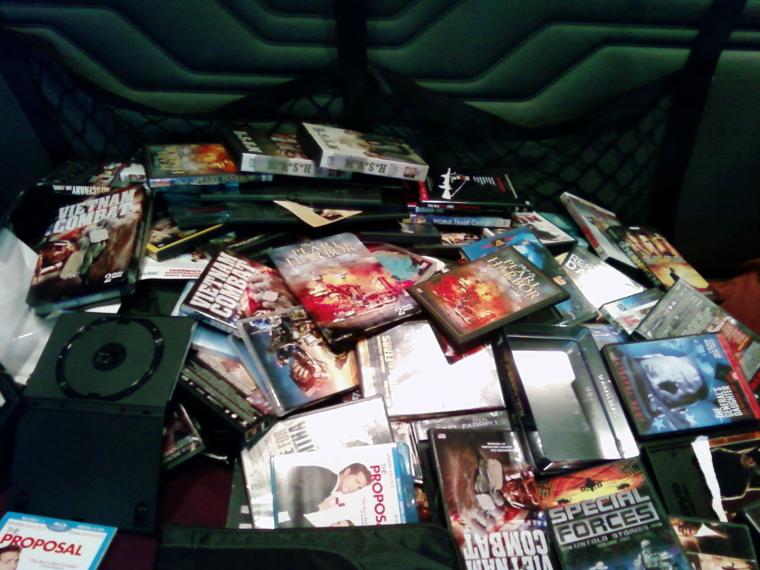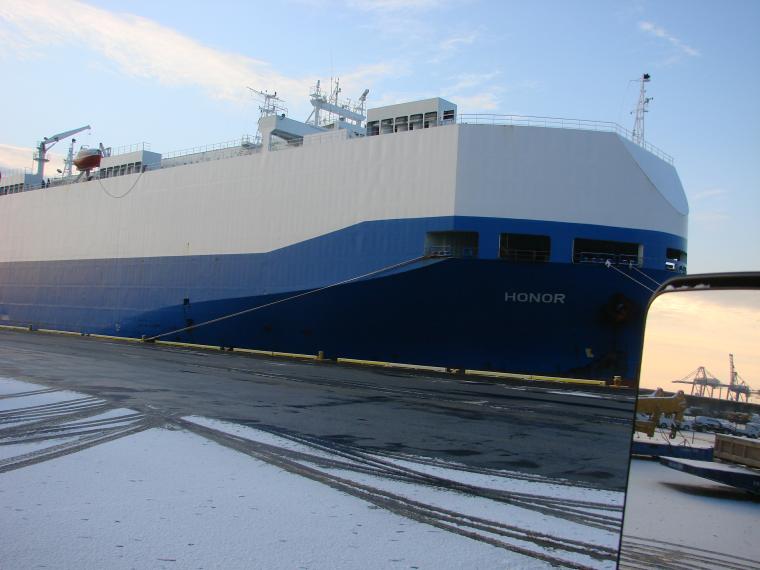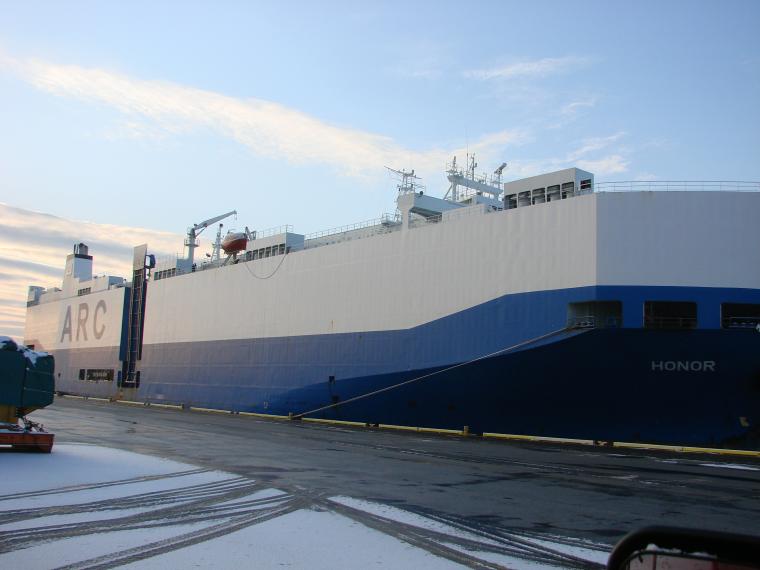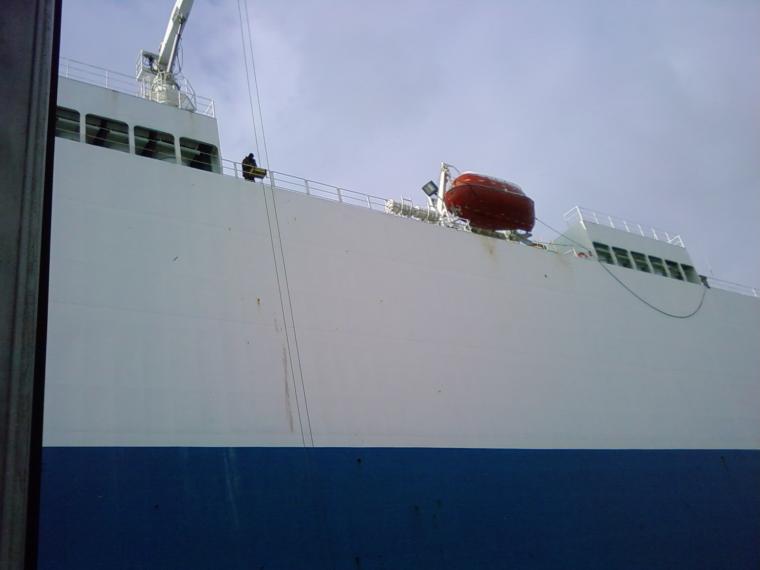The Movie Collection Virus
Collecting movies along the way can make your storage space somewhat cramped. A good CD case is recomended. Below you can see what 9 months of collecting can do, and see what it converts to when placed in a proper case.“
Well my experience thus far has been that this business is completely an economic challenge. With the cost of fuel, supplies and maintenance being the top of the list.
The cost per mile is the target figure to watch from what I can gather. It is sometimes difficult to say the least to get this figure to stabalize within $0.25.
The company provides some great tools for drivers wanting to make every mile count, meaning that every penny counts. Fuel service is optimized through the MACRO-27 feature on the QualCom, however, this to needs some work. We have seen this system take you out of route some 50+ miles to get fuel. When this occurs, you need to do some simple math to see if you actually save anything using the stop the system displays.
The routing is usually real close. I have yet to see the system take me down a road that the truck was not authorized to use. Yes we do get into some real tight spots, but that is just part of the job. When I was training with Eric, we got into some real neat backing situations, and we learned real quick, that some of the GPS systems would take you into areas that you did not belong.
My current navigational system is a 3 way check, between the LAT/LOG, Address, and the QualCom NAV or routing. Best way to use the GPS, is to set the GPS up to use the same route as the QualCom routing and directions from the MACRO-19. So far, this has worked without any issues. However, it would be nice if the system was reviewed from time to time to eliminate the "Go to first light, turn right to 2nd stop sign, turn left to 3rd road". Street names should ALWAYS be used in turn or nav descriptions. This eliminates the counting required by a driver, and allows for ease of use in connection with nav systems.
GPS Types or Brands:...
Regardless of the GPS system you have, you can use it to your advantage by selecting the routing as described in the QualCom without getting into trouble. Just go through each of the turns or changes step by step to complete the routing in the GPS.
Selecting just an address, even in the "So Called" truck routing units can sometimes lead you into areas you don't need to be in. With our roadways changing every year, it is not possible for the creators of the units to keep up. Also, local restrictions can pop up and bite you. Watch for these carefully, and always check new routes against your atlas (ALWAYS KEEP CURRENT ATLAS IN TRUCK) for restrictions.
Fuel Miledge and Speed or RPM Control:...
I have tried all of the most common speed configurations, and found that for my truck, 1100 rpm / 51 MPH cruise is best for miledge. However, if there were a wanted list for anoying drivers on the road, I would be listed as a target of opportunity and destroyed by the first driver wanting to make points for those who drive at the faster speeds.
I have heard all of the Ca-Ca out there on the 11 meter radio, stating that you aren't saving any money. Well 5 minutes later, I hear the same driver talking about how he isn't making a thing. (Wonder Why, as he pass's me at 65 or 70).
This goes beyond fuel miledge, as your speeds and RPM effect your repair or service bill's, not to mention your tire wear. All of it adds up in the long run.
They make claiims that they are able to get an extra load in for the week by using the faster speeds. But what about the log book. As a solo driver, you can only drive so many hours in a week legaly. I find it difficult to believe that they are making that much more by driving those higher speeds, and that they run a legal log book.
Loading a Ship With No Dock For Unloading
Once I was permitted access to the port at Baltimore, Md., I was able to locate my ship, the "Honor". The ship was 6 stories high, Blue and White and easy to find. There was plenty of room for the truck, but no docks for unloading.
The crew of the ship had to use a forklift to get thier pallets from the end of the trailer. I used a pallet jack that they provided to move the pallet's one at a time to the end. The crew were not trained in forklift use, and lost a pallet. No real damage, but time was lost.
The pallets were then hoisted by the crane located at Mid-Ship to the deck. No pallets were lost by the crane operator. Ship pictured below.



